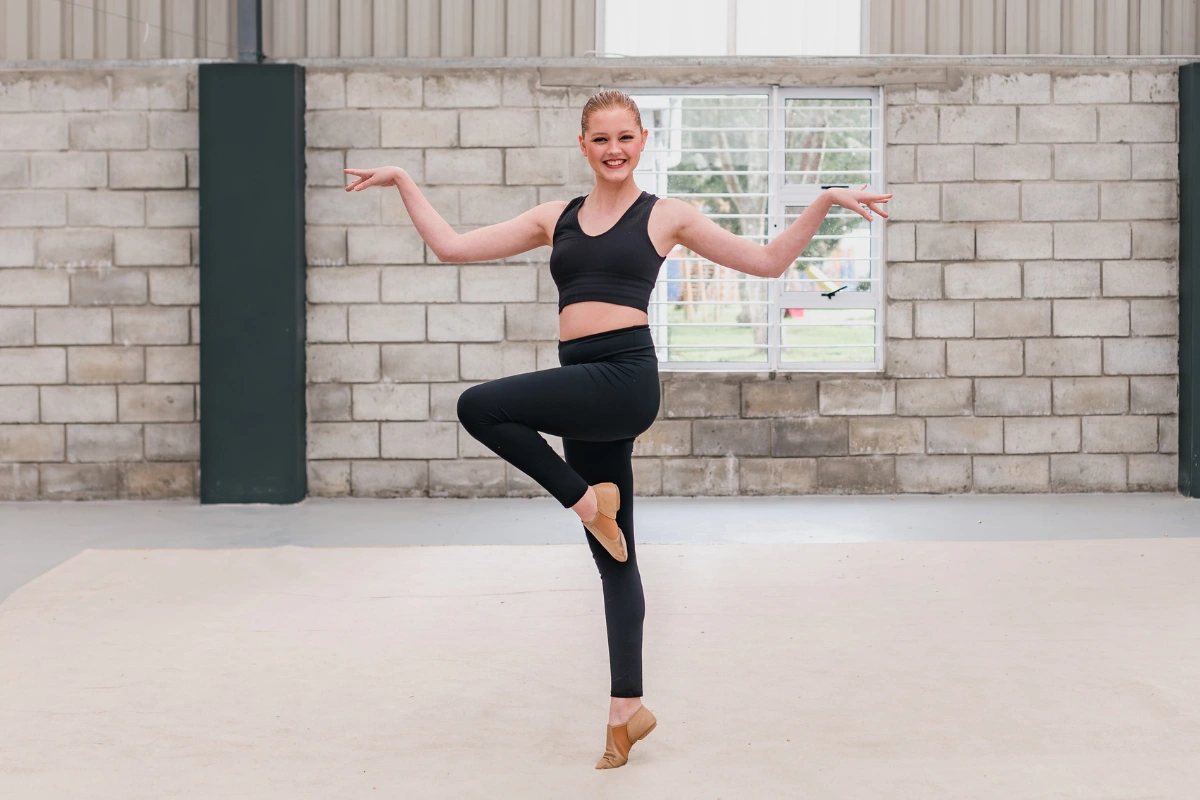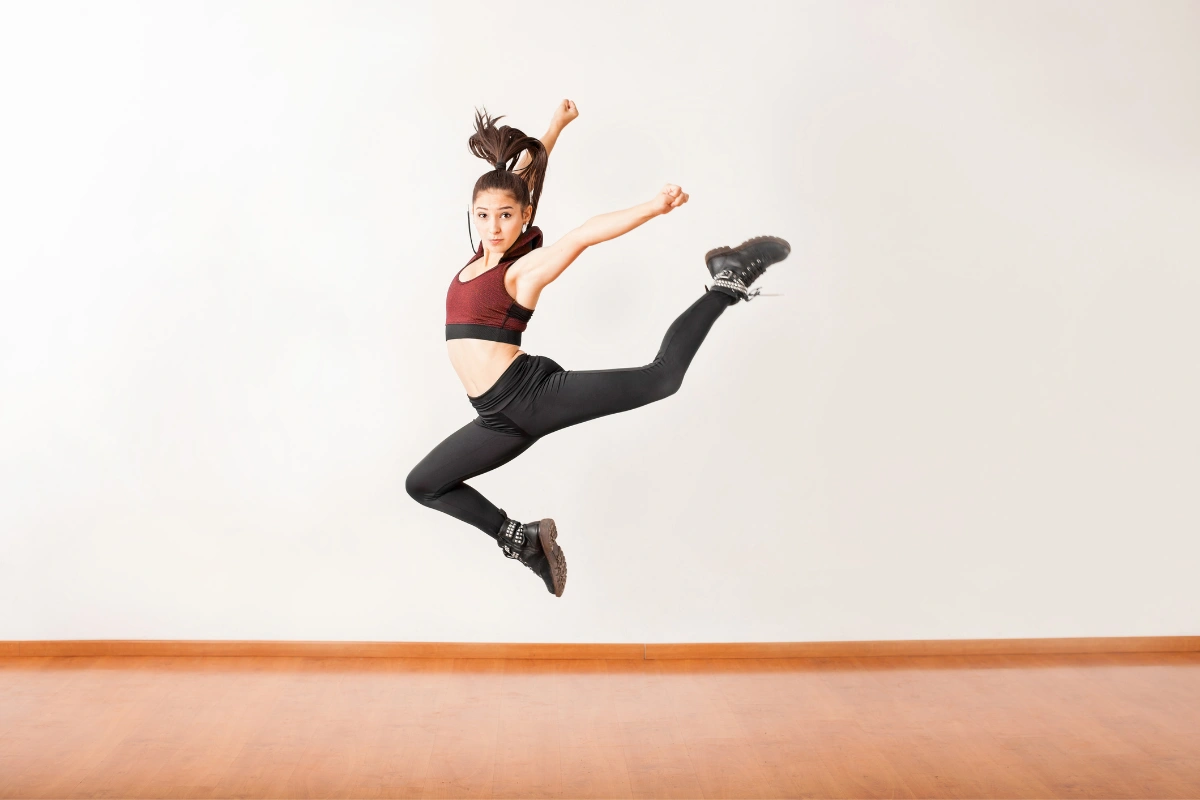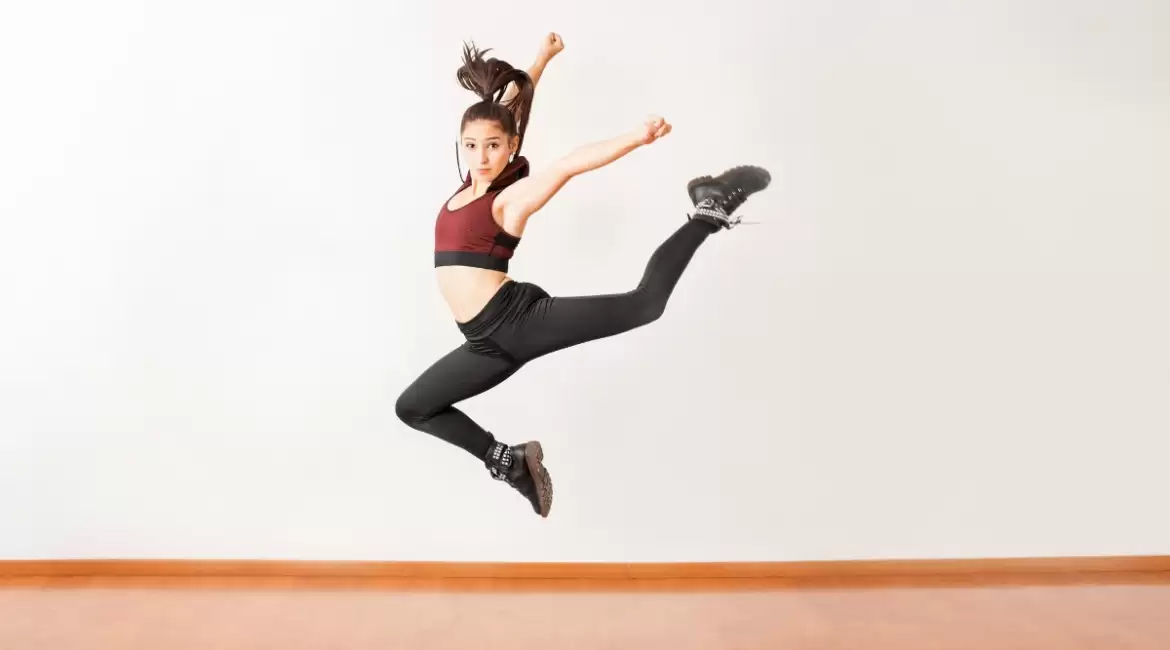Jazz dance, a vibrant and dynamic form of movement, occupies a unique place in the tapestry of dance history. Born at the intersection of African rhythm, European influence, and American innovation, Jazz dance transcends mere steps to embody a rich cultural narrative. Its origins rooted in the creative fusion of traditional African dances with the syncopated rhythms of Jazz music, Jazz dance emerged as a powerful expression of identity and resilience within African American communities. Over time, it evolved into a global phenomenon, captivating audiences with its infectious energy, improvisational spirit, and boundless creativity. In this exploration of Jazz dance, we delve into its rich history, distinctive characteristics, and enduring impact on the world of dance. From the smoky clubs of Harlem to the stages of Broadway, Jazz dance continues to captivate hearts and inspire minds, inviting dancers of all backgrounds to join in its rhythmic celebration.
What is Jazz Dance?
Jazz Dance, born at the turn of the 20th century, is a captivating social dance style originating from the creative fusion of traditional African dance elements and European movement styles by African American dancers. Initially nurtured within intimate religious and social gatherings, Jazz dance has perpetually possessed an inherent inclination towards performance.
Rooted in the vibrant rhythms and expressive movements of African dances, Jazz dance encompasses traits of explosiveness, groundedness, sensuality, and rhythmic complexity. Mirroring the improvisational nature of Jazz music, this dance form thrives on spontaneity and dynamic interactions. Its structure often adopts a call-and-response framework, enabling dancers to engage in a rhythmic dialogue with musicians, instruments, and their own bodies.
As Black dancers seamlessly integrated the captivating vigor of African steps with the structured elegance of European dances, Jazz dance experienced a transformative evolution. This amalgamation gave rise to iconic movements such as the Charleston and the Cakewalk, which continue to epitomize the vibrancy and innovation inherent in Jazz dance.

Jazz dance moves
Embarking on the journey of learning Jazz dance opens the door to a world of rhythmic expression and dynamic movement. For beginners eager to immerse themselves in this vibrant art form, acquainting oneself with essential Jazz dance moves serves as a vital stepping stone towards proficiency. Here, we delve into a selection of foundational steps that every aspiring Jazz dancer should familiarize themselves with:
- Ball Change: This graceful maneuver epitomizes the fluidity and agility inherent in Jazz dance. Characterized by a swift transfer of weight from one foot to the other, the Ball Change demands precision and finesse, setting the stage for more intricate choreography.
- Box Step/Jazz Square: As dancers traverse the dance floor, the Box Step, also known as the Jazz Square, weaves a captivating pattern reminiscent of a square. With four distinct movements—stepping across, back, to the side, and then to the front—the Box Step embodies rhythmic precision and spatial awareness, laying a solid foundation for spatial dynamics in Jazz choreography.
- Chassé: Embodied by its French name, the Chassé beckons dancers to gracefully glide across the floor with elegance and poise. Beginning with a plié, dancers step out in any direction before executing a light, airborne leap, akin to a graceful gallop. The pointed toes and fluid transitions hallmark the Chassé, infusing routines with a sense of grace and fluidity.
- Charleston: An iconic Jazz dance move steeped in history and flair, the Charleston exudes energy and exuberance. With each shift of weight from one leg to another, dancers unleash the free leg in a spirited kick either forward or backward at an oblique angle. The Charleston epitomizes the spirited rhythm and infectious joy synonymous with Jazz dance.
- Jazz Pas de Bourée: Embarking on a journey of intricate footwork, the Jazz Pas de Bourée invites dancers to navigate a sequence of rapid weight transfers across three steps. This intricate maneuver demands agility and precision, serving as a testament to the nuanced artistry and technical prowess embedded within Jazz dance.

The Evolution of Jazz Dance
The story of Jazz dance is a rich tapestry woven through the fabric of American cultural history, characterized by a dynamic evolution influenced by the shifting tides of society, music, and entertainment. Unlike an abrupt emergence, Jazz dance unfolded gradually, intricately intertwined with the prevailing musical genres and societal dynamics of each era it traversed.
The roots of Jazz dance trace back to the late 1800s, germinating within the vibrant cultural milieu of Black communities. However, its ascent to widespread popularity burgeoned during the 1920s, buoyed by the infectious rhythms of Jazz music and the creative fervor of the Harlem Renaissance. Against the backdrop of Harlem’s burgeoning arts scene, Jazz dance flourished, captivating audiences in both Black and white communities alike.
The proliferation of concert venues and clubs in Harlem served as incubators for Jazz dance, drawing diverse audiences eager to revel in the electrifying performances on stage. Concurrently, the nomadic spectacles of Vaudeville acts crisscrossed the nation, disseminating Jazz music and dance to far-reaching corners of the country, fueling its meteoric rise in popularity.
As Jazz dance gained traction beyond its Black cultural origins, it underwent a transformation influenced by the evolving tastes and expectations of predominantly white audiences. The demand for spectacle spurred dancers to tailor their performances for stage presentation, giving rise to iconic routines like the Charleston, designed to dazzle audiences with its forward-facing dynamics.
However, as Jazz musicians pivoted towards Bebop in a bid to reclaim artistic autonomy, choreographers such as Jack Cole and Jerome Robbins appropriated Jazz dance for mainstream entertainment, infusing it with elements of Ballet and refining its execution for Hollywood and Broadway productions. This fusion of styles heralded a new era for Jazz dance, characterized by precision and theatricality.
Professional Jazz dancers were tasked with striking a delicate balance between uniformity and individual expression, epitomizing the essence of Jazz’s inherent duality –– a celebration of both collective unity and personal flair. Choreographed productions featured a symphony of synchronized movements by background dancers, punctuated by the virtuosic displays of lead performers, showcasing acrobatics, stylized steps, and exuberant acting sequences.
As the cultural landscape evolved with the advent of television and the diversification of dance influences, Jazz dance experienced a resurgence propelled by its accessibility and infectious energy. The emergence of MTV in the 1980s catapulted Jazz dance back into the spotlight, inspiring a new generation of enthusiasts eager to emulate the fun and flashy moves showcased on screen.
In response to shifting musical trends, Jazz dance adapted once again, spawning a myriad of subgenres, fitness programs like “Jazzercise,” and competitive circuits across America. Despite the ebb and flow of musical preferences, Jazz dance endures as a timeless emblem of American performance culture, perpetually reinventing itself to resonate with contemporary audiences while honoring its rich heritage.

Jazz Subgenres
In the contemporary landscape of Jazz dance, the diversification of styles and subgenres has proliferated, catering to the eclectic tastes and preferences of dancers and audiences alike. These Jazz subgenres serve not only as stylistic classifications but also as strategic marketing tools for studio owners, choreographers, and competition organizers, facilitating the attraction of diverse clientele and the expansion of business opportunities.
- Jazz Funk: Jazz Funk emerges as a dynamic fusion of Jazz dance with elements of Hip Hop, embodying a contemporary synthesis of rhythmic athleticism and urban flair. With roots firmly grounded in both Jazz’s technical precision and Hip Hop’s expressive dynamism, Jazz Funk offers a captivating blend of traditional Jazz steps intertwined with the infectious grooves of Funk and Hip Hop music. This subgenre serves as a vibrant bridge between cultures, inviting dancers of all backgrounds to engage with its energetic rhythms and spirited movements.
- Lyrical Jazz: The emergence of Lyrical Jazz reflects a convergence of Jazz dance with the emotive storytelling inherent in lyrical music. As poignant ballads dominate the airwaves and music videos, dancers embrace a choreographic approach that harmonizes Jazz techniques with the lyrical essence of the accompanying melodies. Characterized by fluidity, grace, and emotional depth, Lyrical Jazz choreography transcends conventional boundaries, inviting dancers to explore the nuanced interplay between movement and music.
- Modern Jazz: Positioned as a nexus between Jazz and Modern dance, Modern Jazz embodies a fusion of technical precision and expressive innovation. Drawing inspiration from the pioneering choreography of luminaries such as Martha Graham, Modern Jazz integrates elements of Jazz technique with the introspective depth and grounded athleticism synonymous with Modern dance. Central to its aesthetic is the incorporation of Graham’s signature “Contraction and Release” technique, facilitating the articulation of complex emotions through nuanced movement vocabulary.
- Commercial Jazz: In the realm of professional performance and entertainment, Commercial Jazz emerges as a dynamic amalgamation of Jazz dance with the commercial demands of the industry. Catering to the vibrant world of music videos and live stage productions, Commercial Jazz classes prioritize accessible choreography infused with Jazz-inspired flair. Reflecting the influences of iconic performers like Janet Jackson, Paula Abdul, and Britney Spears, Commercial Jazz emphasizes flashy turns, dynamic jumps, and trendy movements, underscoring its appeal as a versatile and marketable dance style.
Summary
Jazz dance, a fusion of African rhythms, European influences, and American creativity, is a vibrant and dynamic form of movement with a rich cultural heritage. Originating in African American communities at the turn of the 20th century, Jazz dance emerged as a powerful expression of identity and resilience. Its popularity grew during the Harlem Renaissance, a period of cultural flourishing in New York City, and spread to diverse audiences through vaudeville acts and concert venues. Jazz dance evolved over time, incorporating elements of Ballet, Modern dance, and Hip Hop, while maintaining its improvisational spirit and rhythmic vitality. Today, Jazz dance continues to thrive in social spaces, music videos, and stage productions, captivating audiences with its infectious energy and boundless creativity. As scholars and dancers alike seek to rekindle appreciation for this quintessentially American art form, Jazz dance remains a timeless emblem of cultural expression and artistic innovation.


Leave a reply